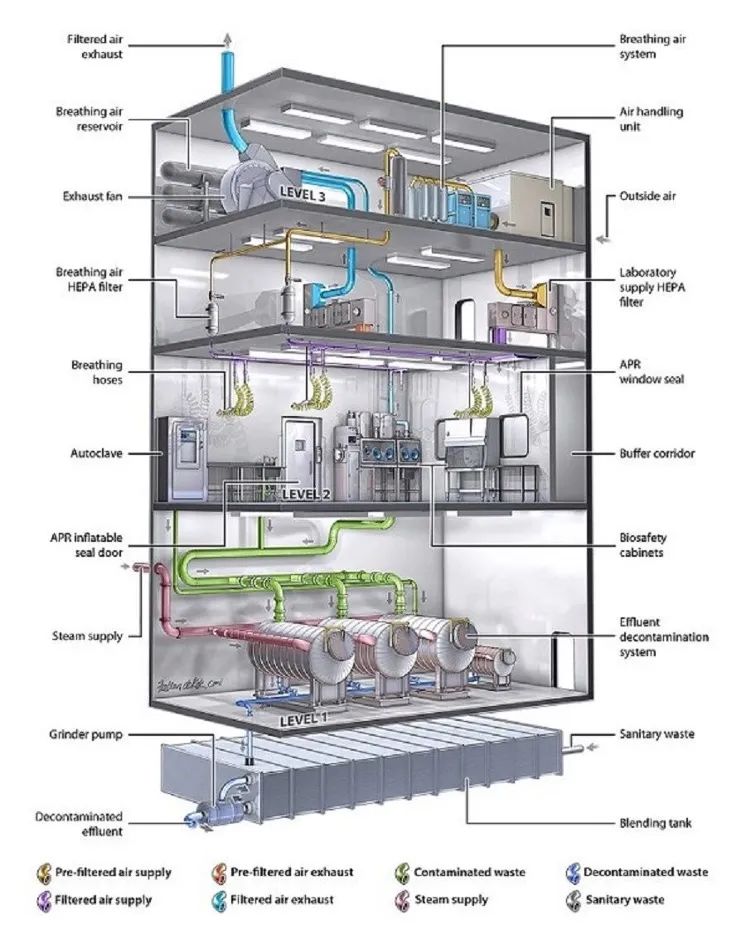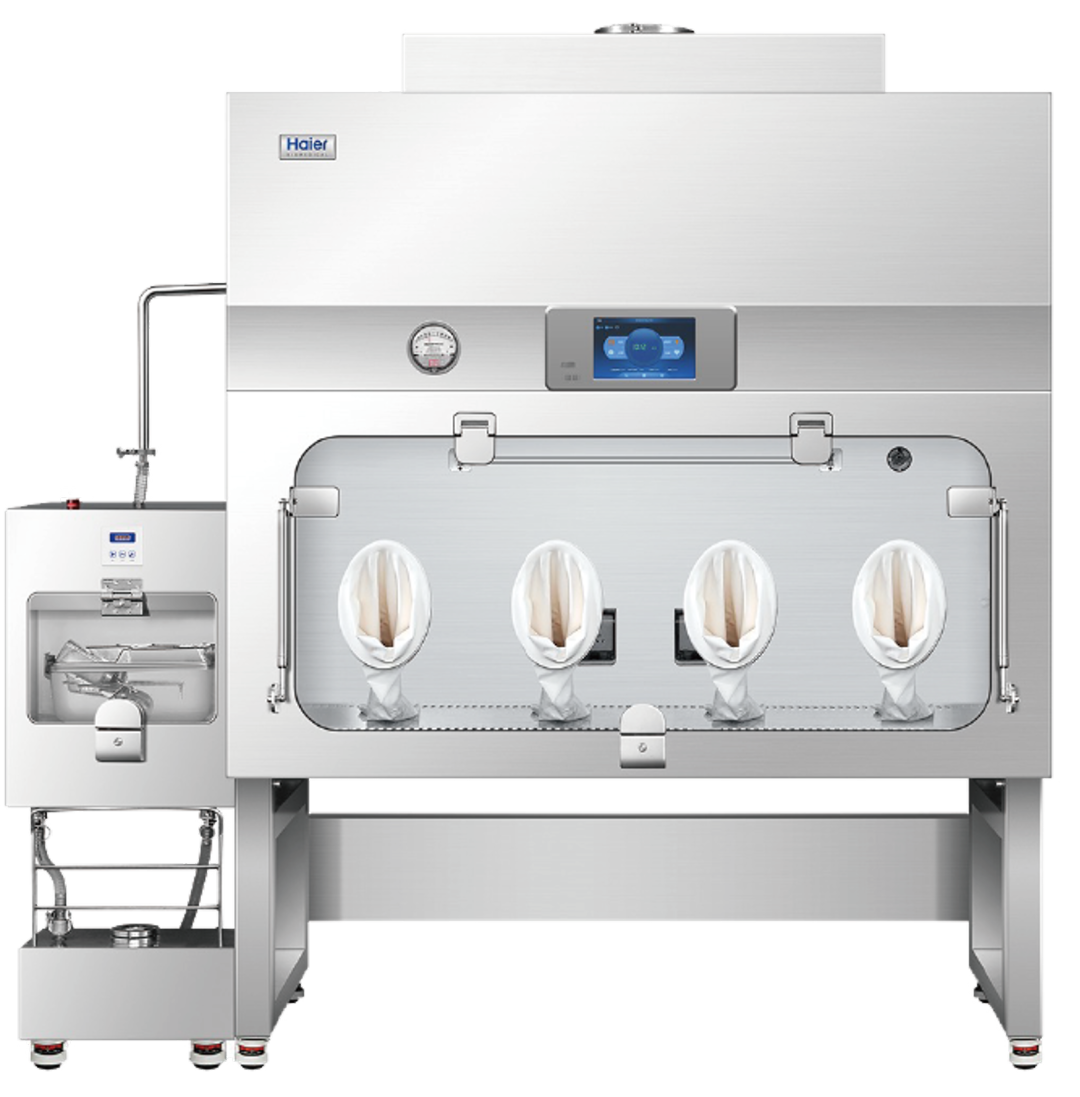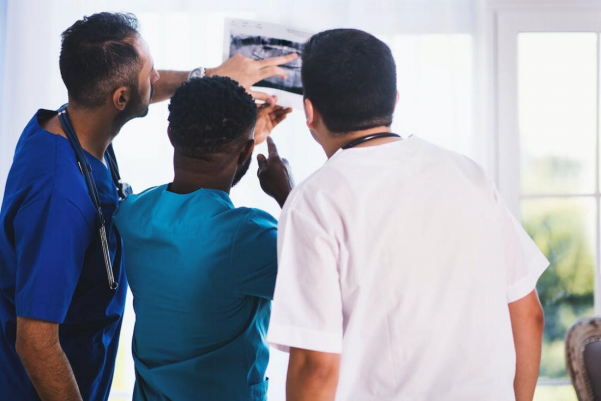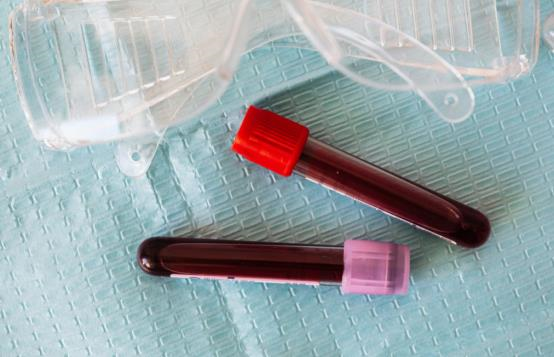With the global outbreak of the COVID-19, the vaccine industry was pushed to forefront and knowledge reached the public about biosafety. Scientific researchers have also begun to accelerate virus research and drug testing. So, what are the laboratory of biological experiments? What are the differences between them and ordinary laboratories?
The laboratory is a necessary place for scientific research. According to the level of risk, including the infectious and harmfulness of the original infectious diseases, the international biological laboratory will follow Biosafety level, divided into P1 (Protection level 1), P2, P3 and P4 levels. P1 and P2 levels are the basic laboratory, mainly research on the pathogenic factors that have low and middle risk to human body, animals and plants, and the environment. P3 and P4 levels are protective laboratories, which are suitable for handling highly harmful pathogenic factors to human, animals and plants, or the environment. Among them, the P4 laboratory specifically treats unknown and highly dangerous pathogenic factors like Ebola virus without prevention and treatment measures. Generally,it is a separate building with four-story structure commonly, The first floor is sewage treatment and guarantee equipment, the second floor is the core experimental area, the third floor is the filter layer of the exhaust pipeline, and the fourth floor is an air -conditioning equipment and the exhaust pipeline.

P4 laboratory basic characteristics.
source:National Institutes of Health, part of the United States Department of Health and Human Services
In the World Health Organization WHO "Laboratory Biology Handbook", when dealing with a type of pathogen in the "pathogenic microorganism classification list", it should be carried out in the highest protection laboratory (P4 laboratory). In terms of laboratory layout, air supply and exhaust systems, environmental parameters, etc., there are special requirements for the fourth -level biological safety laboratory. You must use a Class III Biological Safety Cabinet or a Class II Biological Safety Cabinet plus positive pressure protective clothing. Among them, the Class III Biological Safety Cabinet is designed for the pathogenic microorganisms of the level of four biological safety (BSL-4). It is suitable for high-risk operations on pathogenic virus, pathogenic bacteria, fungi, etc., and can provide maximum protection for laboratory operators, samples, and environment.

According to the product manager from Haier Biomedical Safety Cabinet department, Haier Biomedical's Class III Biological Safety Cabinet is designed for P3/P4 laboratory. With 304 stainless steel inside and outside the cabinet, which is resistant to corrosion and easy to clean. And an innovative unit with double DC fans ensuring low noise, energy consumption and high reliability. Using a fully enclosed design structure, this structure can completely isolate the operator from potentially harmful substances. It can not only prevent scientific researchers’ infection, but also effectively avoid cross-infection of samples. It is currently the highest -level biological safety cabinet. When performing experimental operations, the interior of the Class III Biological Safety Cabinet will keep negative pressure, which can ensure the safety and stability of biological experiments. It is an ideal product for biological safety testing tests.

Because the infectious microorganisms study in the P4 laboratory is usually fatal high-risk viruses, there are no effective treatment methods and no vaccines. Therefore, some insiders call the P4 laboratory as "Devil's Lab". According to international practice, this is currently the only safety place for humankinds to experiment with live viruses such as Ebola virus. Therefore, the P4 laboratory is a "double -edged sword". Its application may benefit humans, but it may also bring various disasters to humans.

P4 laboratory protection suit
Illegal omissions and accidents in the management of P4 laboratory can not only lead to the infection of laboratory staff, but also cause environmental pollution and large -scale people infections. It is not uncommon for accidental infection in laboratories at home and abroad. In severe cases, it is required to slaughter thousands of experimental animals and even cause laboratory staff deaths. The more irregular management, the worse the protection conditions, and the more possibility of accidents. Therefore, through the prevention and control of biological hazards is the fundamental task of biological safety, to maintain the health and ecological environmental safety of the country, the economy, people's health, and ecological environment.
More secure, efficient and more accurate experiments are of decisive significance for the research of high-risk viruses. Haier Biomedical’s Class III Biological Safety Cabinet provides the highest level of safety protection for high-risk experiments in P3 and P4 laboratory, help scientific researchers make more achievements in viruses R&D, and contribute to the protection of public health.














.png)




























